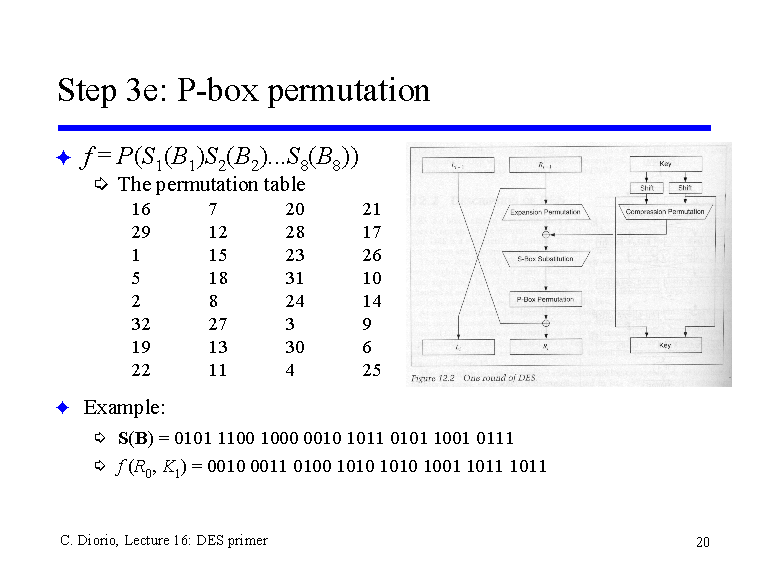

Assuming that all 8 marble stones have been drawn, find out the number of their various arrangement. They are drawn one by one and arranged in a row. There are 3 red, 1 white and 2 blue stones in one bag. The number of permutations of n objects taken all at any given time, one of which p are alike and are similar to the second type of q and apart from them all are different.

Then, the number of permutations of n different thing together with r objects, then r objects are choosen from the n objects. In other hand, when taking some or all of given number of things or objects are arranged in a certain sequence with a given order, then this arrangement is called permutation.Īssume r and n are positive integer, such that 1 ≤ r ≤ n. Hence, required number of ways = 60 + 40 = 100 Permutation :-Įach individual arrangement which can be taken on the number of all the items or things given at a time, is called permutation. Sol :- As there are 60 boys and 40 girls and monitor selected can be anyone from the given students. In how many ways, the class teacher can make this selection ? The class teacher selects either a boy or a girl for monitor post of the class. That is, It can use both theories for more than two events.Įxample 4 :- There are 100 students in a class with 60 boys and 40 girls. Note: - The above two principles can be extended for any finite number of any event. If when an event occurs in different ways of ' m' and other second event, which is independent of the first incident may occur in n different ways, then in the given sequence, both incidents occur in different ways. Therefore, the total number of two digits from digits 1, 2, 3 will be 6. Since no digit has been repeated in the numbers formed from the digits 1, 2, 3 in the above two digits. Sol : - Total possible numbers to be formed of two digits from digits 1, 2, 3 = How many numbers of two digits can be formed out of the digits 1, 2, 3, in which no digit is repeated ? If, when an event occurs in m different ways, after that the other event can occur in n different ways, then the total number of occurences of both events in the given sequence in m × n different ways is obtained. 6! Fundamental Principle of Counting :- ( 1 ) Multiplication Principle :. Sol :- ( ⅰ ) On multiplying and divided by 1.2.3.4 ,

Or n! = ( n - 1 ).( n - 2 )……….3.2.1 Ex - 4! = 4 x 3 x 2 x 1 = 24ġ.When n is given as a negative integer or a fraction, then the factorial value of the given number can not be determined.


 0 kommentar(er)
0 kommentar(er)
